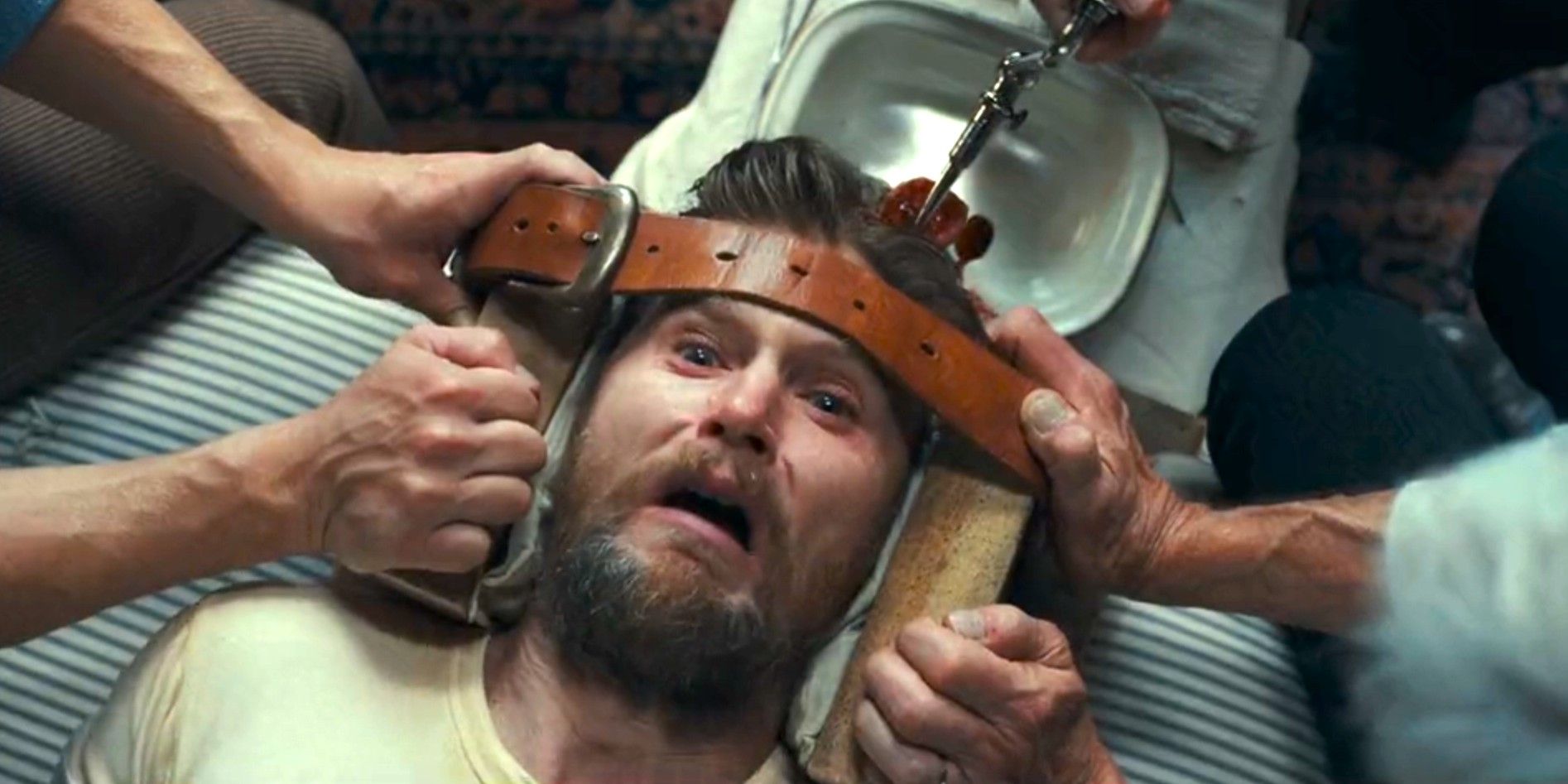Look Back Ending Explained: What Happens To Fujino At The End?
Summary Look Back ends with Fujino gradually overcoming Kyomoto's death and learning how to keep going with her life.
Look Back's tragic ending emphasizes the importance of not letting grief consume you.
The direction of the film adaptation perfectly captures the bittersweet nature of the story's ending.
Warning: Contains spoilers for Look BackThe Summer of 2024 saw the release of the film adaptation of Look Back, a short story by Tatsuki Fujimoto of Chainsaw Man fame. Just like the original manga, the film follows the developing friendship and manga partnership of its two leads, Fujino and Kyomoto, but as they enter their adult years, their friendship is met with a tragedy that neither of them can recover from.
Look Back is probably the Tatsuki Fujimoto story that’s the most grounded in reality, and that plays a big part in its tragic ending. Following over half an hour of emotional highs from Fujino and Kyomoto’s friendship, Look Back takes a sudden turn for the dramatic with Kyomoto’s death and Fujino’s state of depression and anguish following it.
The execution and ultimate conclusion of the story made for just as great an ending in animation as it did in print. A lot went into Look Back’s ending, and as such, there’s plenty of merit in laying everything out.
How Look Back Closed Out Its Tragic Story
Anime Film By Studio Durian; Based On The Manga By Tatsuki Fujimoto
After learning that Kyomoto was killed by a crazed man with an axe, Fujino, in a state of depression, put her manga on hiatus and returned to Kyomoto’s home. There, Fujino found the comic strip she drew on a whim that started their friendship, and in a fit of rage, she tore it up while blaming herself for Kyomoto’s death. As she did, one panel slipped under the door to Kyomoto’s room, and somehow, the lone panel of Fujino’s comic strip went back in time to when Kyomoto met Fujino and convinced Kyomoto not to go out and meet her.
In the new timeline, Kyomoto still went to art school, and she still ended up the target of a crazed man looking to murder people under the belief he was plagiarized. Luckily, Fujino, who happened to be in the area, showed up to save Kyomoto with her karate skills, and with Fujino apparently planning on getting back into manga, she promised to hire Kyomoto as her assistant after she graduated. Kyomoto went back home that day and drew a comic strip about Fujino saving her, and it somehow went into the original timeline where Fujino was still mourning Kyomoto’s death.
Confused, Fujino ran into Kyomoto’s room to find that it was still empty, and a shot of the window confirmed that the timeline where Fujino saved Kyomoto’s life was just something Fujino imagined in her grief. There, the comic of Fujino saving Kyomoto, combined with the multiple copies of her Shark Kick manga and the robe Fujino autographed, made Fujino remember how their friendship was the only reason Fujino kept drawing manga. Fujino realized that Kyomoto wouldn’t want her wallowing in grief, and the final scene was a lingering shot of Fujino back at work as the credits rolled.
Look Back’s Ending Is As Beautiful As It Is Tragic
Close
The realism of Fujino’s grief was nothing but tragic, and Fujino being so distraught that she imagined a world where she got to save her only further emphasized the harshness of it all. All of that, however, led to Look Back having an emotionally cathartic conclusion surrounding the importance of not letting tragedy run your life, no matter how great it may be, and Kiyotaka Oshiyama’s stellar direction did wonders to sell that even further. Look Back’s adaptation perfectly captured the importance of its ending, and that helped make the story just as good in animation, if not better.











COMMENTS